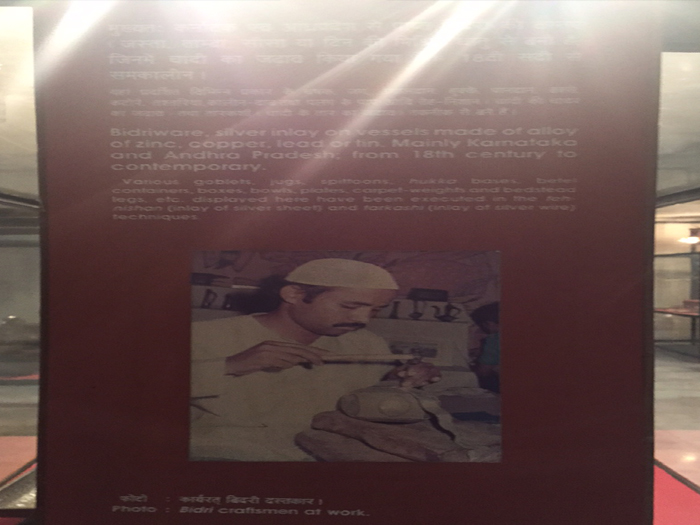Excursion to the National Museum for Handicrafts and Handlooms, class 7.!
An excursion to the National Museum for Handicrafts and Handlooms was organised for the students of class VII on 25 August 2015. The weather was warm and humid, but that did not dampen the spirits of the students! This was evident from the excited faces of the students as they boarded the buses.
After braving the Delhi traffic of the busy morning, we reached our destination. A small passage led into the museum premises. As we entered, what caught our attention were life-sized terracotta artefacts and specimens of Warli art from Maharashtra on the walls and on the gates. Wall art from the tribal regions on the western coast of India are not only visually impressive examples of indigenous art, but are also a unique record of everyday life.
[gallery link="file"]
Moving inside the museum, we saw old banyan trees next to a village complex. The complex showcased life-sized traditional dwellings from different states. The first structure we saw was a Rajasthani haveli made of sandstone and wood, with intricate patterns on the walls. Among many other dwellings depicting diverse styles, we saw one from Jammu and Kashmir and a Banni from Gujarat, with circular walls to enable hot blowing winds to circulate about the house and prevent them from heating up fast!
The textile section was next on our agenda. It was a rich amalgamation of different textiles from all over India, especially the states along the west coast. We learnt that India has produced textiles for more than 4000 years, and during most of the period it supplied these to a thriving export market. The ports of the west coast served as key points for this trade. We Ikats, Kalamkaris, silk brocade, muslin, shawls and breathtaking pieces of traditional hand-embroidery.
On our way back to the exit, we passed a small market complex, 'haat', where colourful clothes and decorative handicrafts from the different states were being sold. Some of us bought small painted pots, wind chimes, idols, kites and even old coins! Some even bought seen cloth napkins with elaborate block prints.
The excursion came to an end but not before we heard a group of musicians in traditional Rajasthani attire, sing the melodious and famous folk song Kesariya padharo mhare desh for us! With the lovely music rising upwards, against a backdrop
of art, we felt we were in a different world altogether. Our spirits seemed to have lifted!
The museum was a wonderful treasure of information on the western coast with its displays of art and handicrafts, along with its textiles. The culture of these states to speak.
Ms. Gandharvi Mukherjee.













